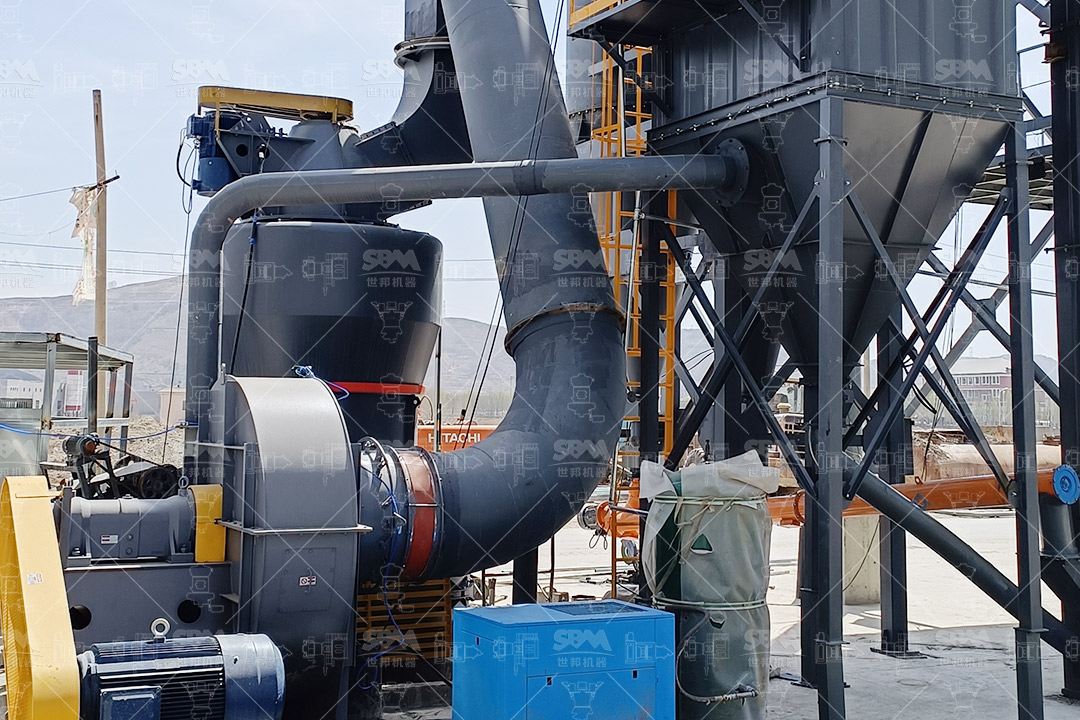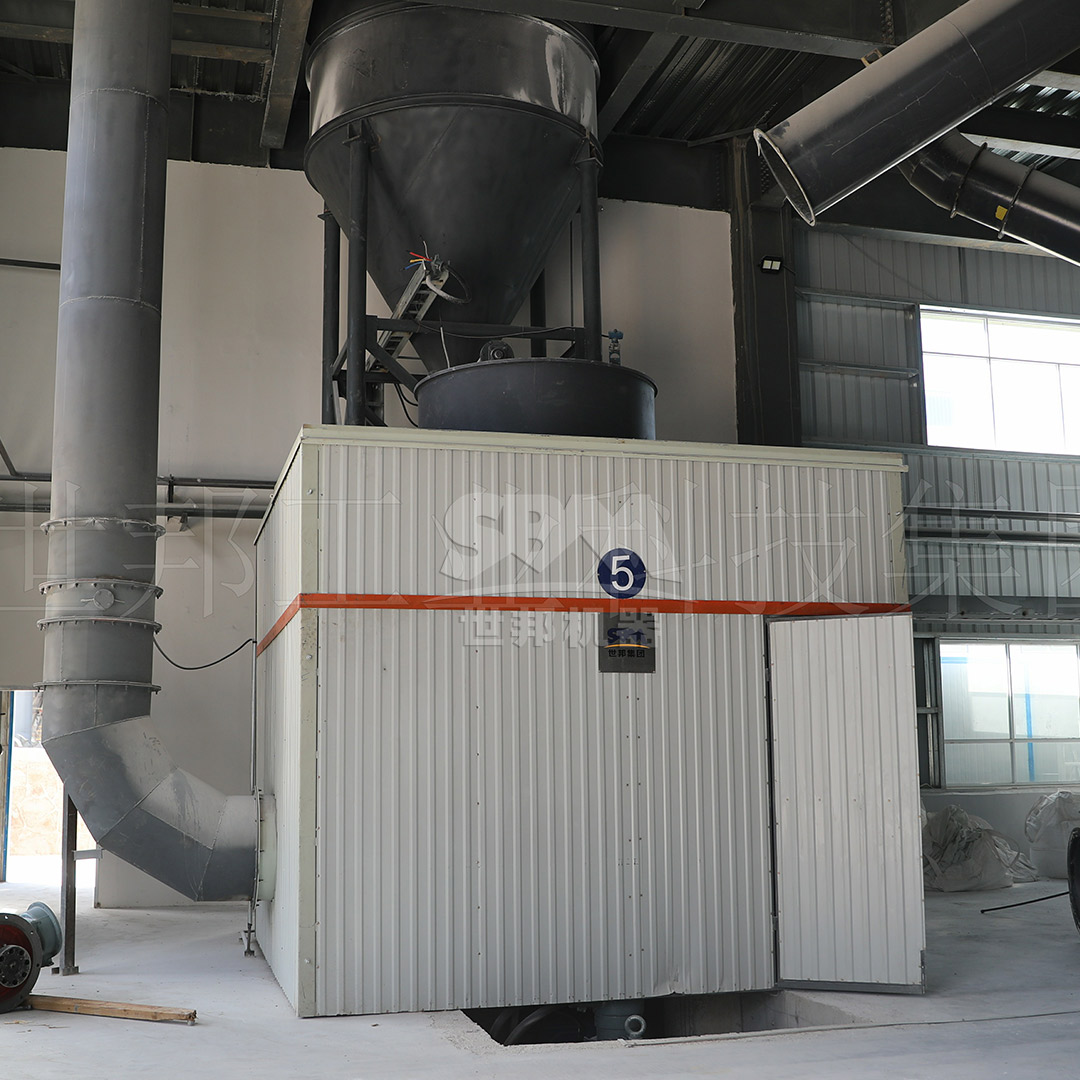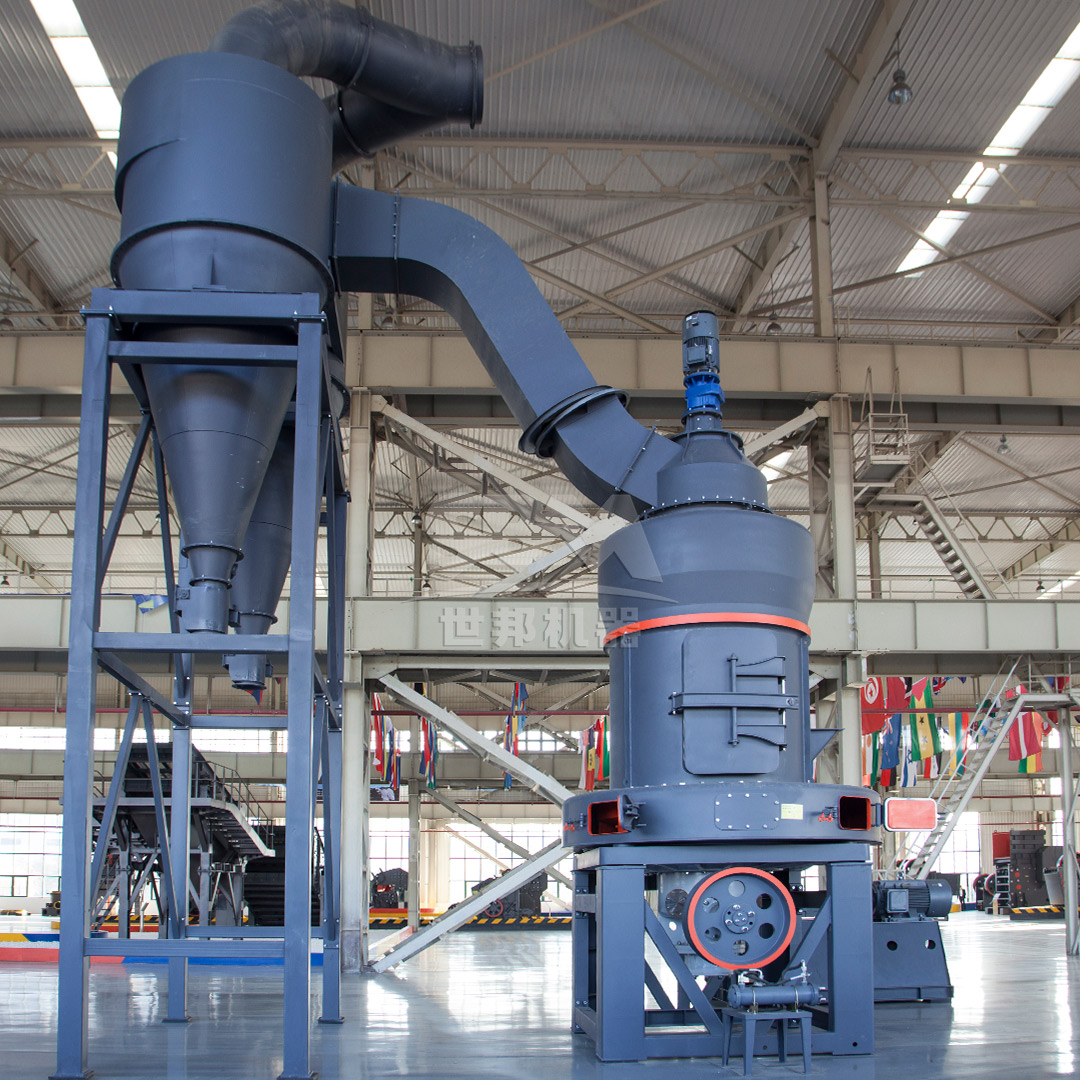August 24, 2025
Introduction
Dolomite, a calcium magnesium carbonate mineral, is widely used in the production of insulation materials due to its excellent thermal stability, fire resistance, and low thermal conductivity. To achieve the desired properties in insulation products, dolomite must be ground into fine powders with specific particle size distributions. This article explores the grinding process of dolomite for insulation materials and highlights advanced grinding mill technologies that ensure high efficiency, precision, and environmental compliance.

Importance of Fine Dolomite Powder in Insulation Materials
Insulation materials, such as ceramic fiber boards, refractory bricks, and thermal coatings, rely on fine dolomite powders to enhance their performance. The particle size and uniformity of the powder directly affect the material’s insulation efficiency, density, and mechanical strength. Typically, dolomite powders for insulation applications require a fineness range of 325 to 2500 mesh (D97 ≤ 5μm) to ensure optimal thermal resistance and product durability.
Key Requirements for Insulation-Grade Dolomite Powder:
- Uniform particle size distribution to avoid weak spots in the insulation material.
- High purity with minimal impurities to prevent reduced thermal performance.
- Low moisture content to ensure stability during processing and application.
Challenges in Dolomite Grinding
Grinding dolomite to ultra-fine levels presents several challenges, including:
- Hardness and Abrasiveness: Dolomite has a Mohs hardness of 3.5–4, which can cause wear on grinding components.
- Heat Sensitivity: Excessive heat during grinding can alter the material’s properties, affecting its insulation capabilities.
- Energy Consumption: Traditional grinding methods often incur high energy costs and low efficiency.
Advanced grinding mills address these challenges through innovative designs and technologies.
Recommended Grinding Mill: SCM Ultrafine Mill
For producing high-quality dolomite powder for insulation materials, we recommend our SCM Ultrafine Mill. This mill is specifically designed to handle hard and abrasive materials like dolomite, delivering fine powders with precision and efficiency.

Key Features of SCM Ultrafine Mill:
- High Efficiency and Energy Savings: With twice the capacity of jet mills and 30% lower energy consumption, the SCM mill reduces operational costs while maintaining high output.
- Precision Classification: Equipped with a vertical turbine classifier, it ensures accurate particle size cut-off without coarse powder contamination.
- Durable Construction: Specialized roller and ring materials extend service life, and the bearing-free screw grinding chamber enhances stability.
- Environmental Compliance: Pulse dust collection exceeds international standards, and noise levels are kept below 75dB.
Technical Specifications:
| Model |
Processing Capacity (ton/h) |
Main Motor Power (kW) |
Input Size (mm) |
Output Fineness (mesh) |
| SCM800 |
0.5–4.5 |
75 |
≤20 |
325–2500 |
| SCM900 |
0.8–6.5 |
90 |
≤20 |
325–2500 |
| SCM1000 |
1.0–8.5 |
132 |
≤20 |
325–2500 |
| SCM1250 |
2.5–14 |
185 |
≤20 |
325–2500 |
| SCM1680 |
5.0–25 |
315 |
≤20 |
325–2500 |
Alternative Solution: MTW Series Trapezium Mill
For applications requiring slightly coarser powders or higher throughput, the MTW Series Trapezium Mill is an excellent choice. It offers robust performance for grinding dolomite with outputs ranging from 30 to 325 mesh.
Advantages of MTW Series Mill:
- Wear-Resistant Design: Combined shovel blades and curved surfaces reduce maintenance costs and extend roller life.
- Optimized Airflow: Curved air channels minimize energy loss and improve transmission efficiency.
- Efficient Transmission: Integrated bevel gear transmission achieves 98% efficiency.
- Durable蜗壳结构: Wear-resistant蜗壳with no-flow obstruction design enhances air classification.
Technical Specifications:
| Model |
Processing Capacity (ton/h) |
Main Motor Power (kW) |
Input Size (mm) |
Output Fineness (mesh) |
| MTW110 |
3–9 |
55 |
≤30 |
30–325 |
| MTW138Z |
6–17 |
90 |
≤35 |
30–325 |
| MTW175G |
9.5–25 |
160 |
≤40 |
30–325 |
| MTW215G |
15–45 |
280 |
≤50 |
30–325 |
Grinding Process and Workflow
The grinding process for dolomite involves several stages to ensure the production of fine, consistent powder suitable for insulation materials.
- Crushing: Raw dolomite is first crushed to a size of ≤20mm using a crusher.
- Grinding: The crushed material is fed into the grinding mill (e.g., SCM Ultrafine Mill), where it is pulverized between rollers and rings.
- Classification: A classifier separates fine particles from coarse ones, ensuring the desired fineness.
- Collection: Fine powder is collected via a cyclone and pulse dust collector, while coarse particles are returned for regrinding.

Benefits of Using Advanced Grinding Mills
Modern grinding mills like the SCM and MTW series offer significant advantages for dolomite processing:
- Consistent Quality: Precise control over particle size distribution ensures uniform insulation material properties.
- Cost Efficiency: Lower energy consumption and reduced maintenance costs improve overall profitability.
- Environmental Protection: Advanced dust collection and noise reduction features meet strict environmental regulations.
- Scalability: Various models accommodate different production scales, from small batches to large-scale operations.
Conclusion
Producing fine dolomite powder for insulation materials requires advanced grinding technology to achieve the necessary fineness, uniformity, and efficiency. The SCM Ultrafine Mill and MTW Series Trapezium Mill are ideal solutions, offering high performance, durability, and environmental compliance. By investing in these state-of-the-art mills, manufacturers can enhance their insulation product quality while optimizing production costs.


